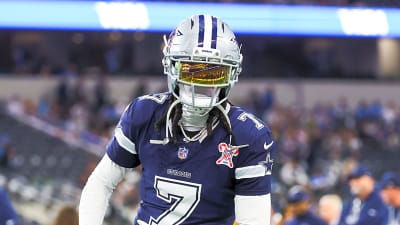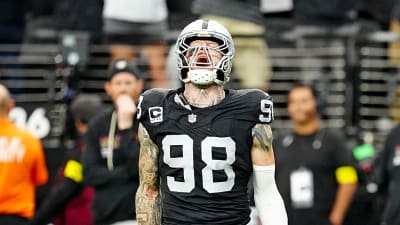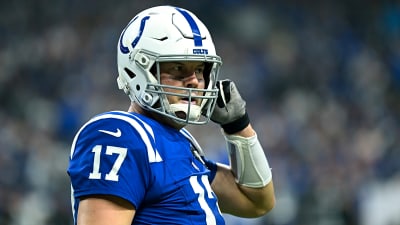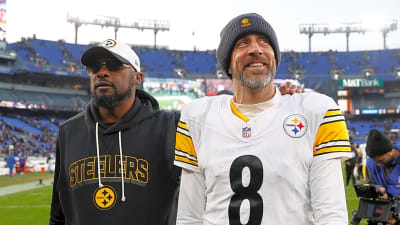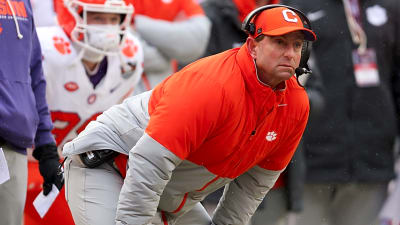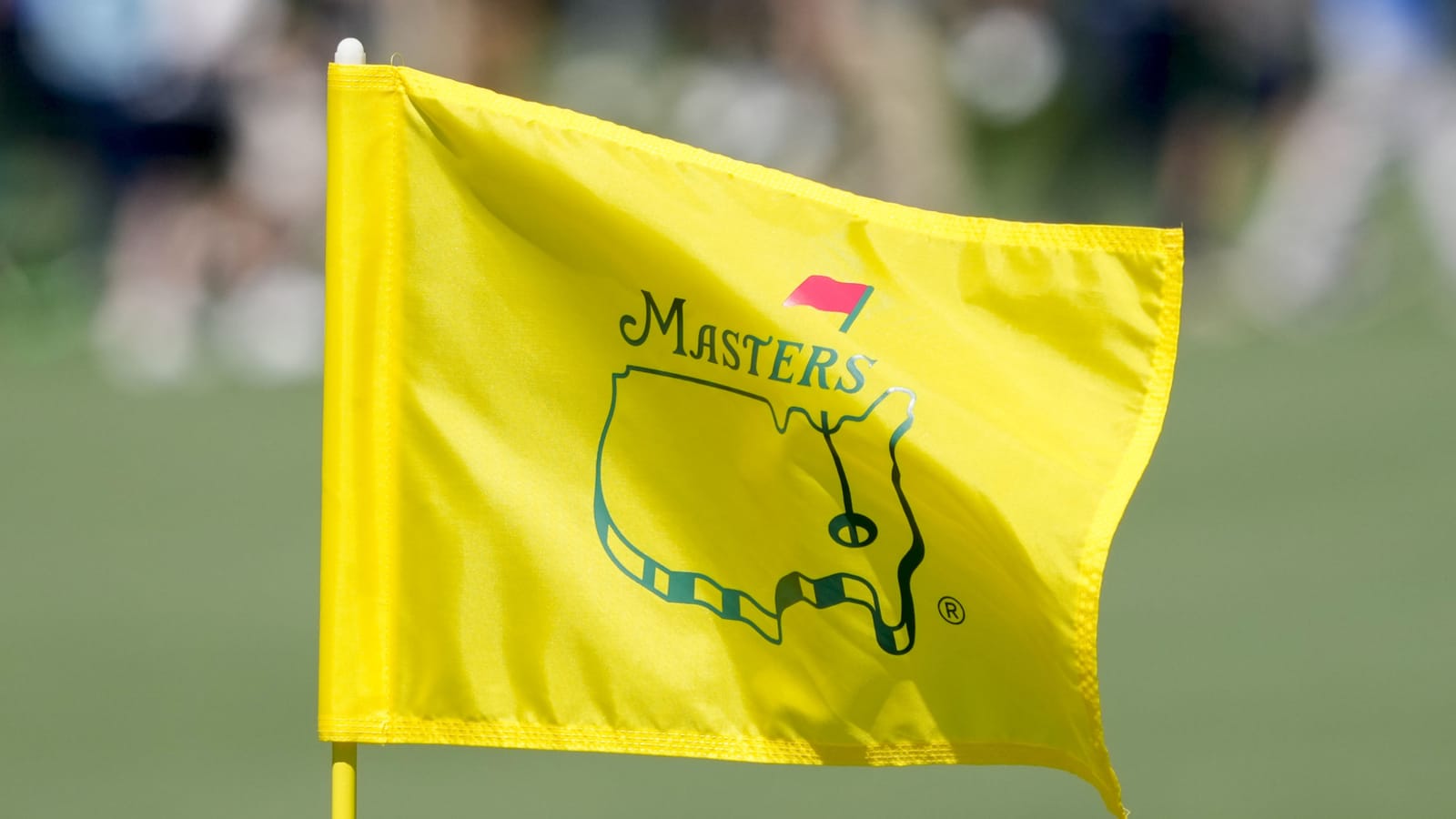
The Masters: Three holes that will define the tournament
Every hole at Augusta National Golf Club tells a unique story. All 18 can make or break a player's week, but only a few on the back nine can decide the champion on Sunday afternoon.
Here are the three holes that will define the 2025 Masters.
Hole No. 11 | White Dogwood
Par 4, 520 yards
Why the 11th hole is the hardest hole to play at The Masters? @BrandonLondonTV talked to legendary caddie Jim 'Bones' Mackay about the difficulty at 11. pic.twitter.com/Hd36MhJbI8
— New York Post Sports (@nypostsports) April 8, 2025
The 11th hole at Augusta is typically the toughest test for the field every year. It's a long hole, and even if a player can put his tee shot in the fairway, the approach shot down the hill with water guarding the left side of the green is the most daunting on the property.
Larry Mize produced one of the more iconic shots in Masters history on the 11th hole when he chipped in for birdie in the final round in 1987 and went on to defeat Greg Norman. We also saw the 11th hole help Scottie Scheffler win his second green jacket in 2024, as the water swallowed up Ludvig Aberg's approach shot in the final round, leading to a double bogey.
It takes two spectacular golf shots to set up a birdie putt on the 11th hole, so this is always a crucial section of the course.
Hole No. 12 | Golden Bell
Par 3, 155 yards
Scottie Scheffler's bunker shot on No. 12 finds the hole for birdie. #themasters pic.twitter.com/urr9NMj8gV
— The Masters (@TheMasters) April 11, 2024
If a golfer makes par or even birdie on the brutally tough 11th, he won't have time to relax. Next comes the short but tricky par-3 12th hole. Players will hit just a wedge or 9-iron into the 155-yard hole, but the narrow green and swirling winds make this one of the tougher short approach shots in golf.
There's nowhere safe to miss on the 12th. Go long, and you're in the bunker or the bushes in the pine straw. Leave it short, and your ball will trickle into the watery grave below. The only bailout is the green itself, but it's a tiny surface and so tough to hit because guessing the wind in Amen Corner is just that — a guess.
In 2016, Jordan Spieth put two balls in Rae's Creek and made a quadruple bogey on the 12th to blow his chance at back-to-back Masters titles. In 2019, Francesco Molinari and Tony Finau found the water on 12 in the final group, opening the door for Tiger Woods to win his fifth green jacket.
Hole No. 15 | Firethorn
Par 5, 550 yards
Every hole tells a story. The Sarazen Bridge on No. 15 continues to connect patrons and players today with Sarazen's historic shot in 1935. #themasters pic.twitter.com/mBB6xubj2J
— The Masters (@TheMasters) April 7, 2025
The 15th hole at Augusta is one of the greatest risk-reward par 5s in the world. The green is reachable in two for the pros, but it requires an accurate drive that favors the right side and a precise iron shot to a green that sits above the surrounding area. With water short and long of the putting surface, a player must nail the distance on the approach shot.
Green jackets have been won and lost on 15. Two great shots can set up an eagle chance, but it's just as easy to make a double or triple bogey. Scoring on the par 5s at Augusta is crucial, especially in the final round, but a player doesn't want to get too aggressive and blow the tournament with three holes to go.
More must-reads:
- Could Rory McIlroy's 'secret weapon' be key for his first Masters win?
- History tells us one of these seven players will win the 2025 Masters
- Can you name every male golfer to win at least three majors in the last 50 years?
Breaking News
Trending News
Customize Your Newsletter
 +
+
Get the latest news and rumors, customized to your favorite sports and teams. Emailed daily. Always free!
